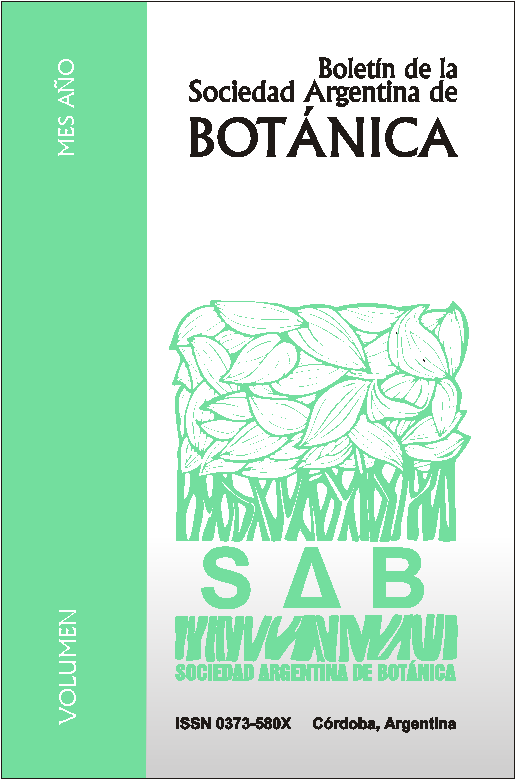Myceliar growth of wild species of edible fungi of the Andean-Patagonian forests: first steps for their domestication.
DOI:
https://doi.org/10.31055/1851.2372.v52.n3.18025Keywords:
Primary inoculum, domestication, growth temperature, growth in different media.Abstract
Myceliar growth of wild species of edible fungi of the Andean-Patagonian forests: first steps for their domestication. Nothofagus spp. forests from Patagonia Argentina host fungi with organoleptic and nutritional characteristics that make them attractive for consumption and plausible to be cultivated on different organic substrates. The optimum parameters of vegetative growth of seven potentially cultivable species of edible wild mushrooms in these forests (Aleurodiscus vitellinus, Fistulina antarctica, F. endoxantha, Grifola gargal, Lepista nuda, Lycoperdon perlatum and Macrolepiota afín procera) were evaluated. Five strains of each of the fungal species were obtained, and three assays were performed: 1) determining the optimum temperature for mycelia growth, 2) assessment of miceliar growth on different culture media and characterization of the strains, and 3) assessment of myceliar growth in grains. The optimum growth temperature was generally 25 °C, although with varying ranges. The culture media more rapidly colonized was Potato Dextrose Agar. Lepista nuda and A. vitellinus showed the highest rates of average myceliar growth both in culture media and in grains. Strains of A. vitellinus, F. endoxantha and L. perlatum showed greater heterogeneity in the rate of growth in plates, while strains of F. antarctica, G. gargal and M. afín procera showed a more homogeneous behavior.Downloads
Downloads
Published
How to Cite
Issue
Section
License
Provides immediate and free OPEN ACCESS to its content under the principle of making research freely available to the public, which fosters a greater exchange of global knowledge, allowing authors to maintain their copyright without restrictions.
Material published in Bol. Soc. Argent. Bot. is distributed under a Creative Commons Attribution-NonCommercial-ShareAlike 4.0 International license.









